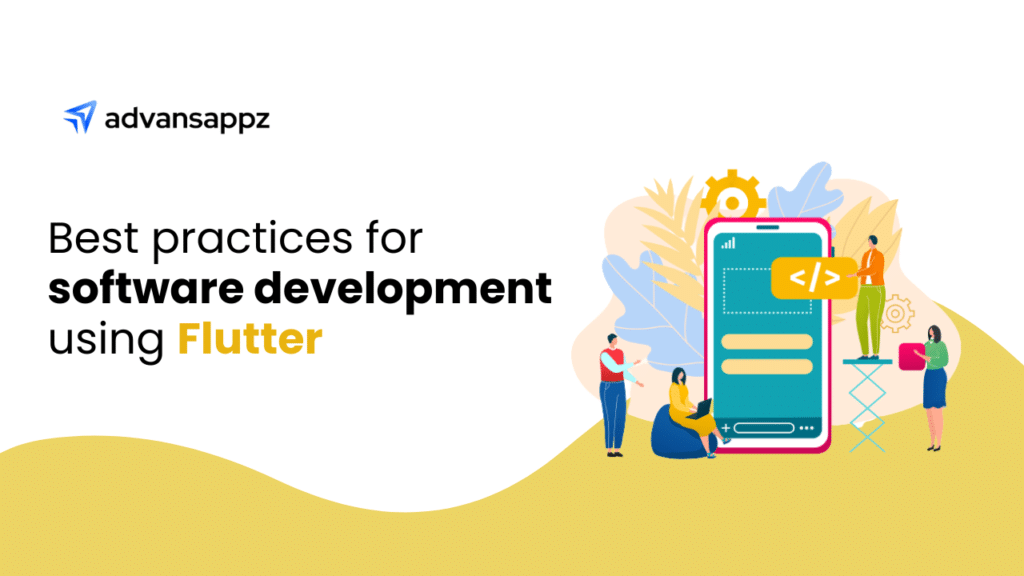Introduction
As organizations navigate the complexities of a data-driven world, enterprise resource planning (ERP) systems have become critical for streamlining and integrating business processes. One of the most advanced ERP solutions available today is SAP S/4HANA, a platform designed to modernize and revolutionize how businesses operate.
What is SAP S/4HANA?
SAP S/4HANA is a next-generation ERP system designed to modernize business operations. Powered by the SAP HANA in-memory database, it offers real-time data processing and analytics. By integrating core functions like sales, finance, manufacturing, and HR into one platform, SAP S/4HANA simplifies complex processes and provides a unified view of your business.
With advanced AI and machine learning, it automates routine tasks and delivers valuable insights. SAP S/4HANA can be deployed on-premises, in the cloud, or through a hybrid model, making it a versatile choice for businesses at any stage of digital transformation.

History of SAP S/4HANA
Introduced in 2015, SAP S/4HANA is a leap forward from its predecessor, SAP ERP. The “S” stands for “simple,” which reflects its focus on streamlining processes, while “4” represents the fourth generation of SAP’s ERP system. “HANA” refers to the high-performance, in-memory database technology that powers S/4HANA. This innovation was designed to meet the growing demands of enterprises in a data-driven world, offering both efficiency and agility.
Features of SAP S/4HANA
- Public/Private Cloud or Hybrid Deployment: Flexibility in choosing between cloud-based, on-premises, or hybrid deployment options based on specific business needs.
- Embedded AI, Analytics, and Intelligent Process Automation: Leverages machine learning to provide real-time insights, automating routine tasks and streamlining business processes.
- In-memory Database and Simplified Data Model: SAP HANA’s in-memory architecture allows for real-time data processing, providing faster access to crucial insights.
- Industry-specific Capabilities and Best Practices: Tailored solutions for various industries like financial services, public sector, and energy firms, offering customizable line-of-business functions.
- Consumer-grade UX with SAP Fiori Interface: Intuitive, user-friendly interface designed for efficiency and ease of use, replacing the older graphical user interface (GUI).

Key Benefits of SAP S/4HANA
- Cloud Readiness: Available for on-premises, cloud, or hybrid deployments, offering flexibility and scalability.
- Enhanced Forecasting and Predictive Analysis: Machine learning capabilities allow businesses to predict challenges and optimize processes.
- Integrated Workflows: Streamlines workflows across departments with IoT and Industry 4.0 integration for real-time updates.
- Real-time Data Processing and Automation: Access critical analytics instantly with automated functions like receipt reconciliation and invoicing.
- Simplified Decision-making: The in-memory architecture and unified data model simplify decision-making and reduce operational costs.
Challenges of SAP S/4HANA
While SAP S/4HANA offers immense potential, there are certain challenges associated with its implementation:
- Complex Implementation: Migrating from legacy systems to SAP S/4HANA requires significant planning, often leading to complex transitions.
- High Cost: The investment in SAP S/4HANA, including licensing, consulting, hardware, and training, can be substantial.
- Customization Limitations: While the platform is customizable, extensive customizations can complicate future upgrades.
- User Training: The advanced features of S/4HANA may require extensive employee training and change management to ensure full utilization.
Industry-Specific Use Cases
SAP S/4HANA provides solutions tailored to specific industries, allowing businesses to optimize operations and improve their competitive edge. Notable use cases include:
- Finance: SAP S/4HANA’s financial management platform streamlines processes such as cash management and compliance reporting. Real-time data insights enable better forecasting and fiscal management.
- Manufacturing: Through integration with IoT technologies, the system enables real-time tracking of equipment and materials, optimizing production and supply chain management.
- Human Resources: The platform’s HR solutions manage core processes like payroll and workforce planning, while SAP SuccessFactors streamlines recruitment and employee retention using AI-driven insights.
- Sales: SAP S/4HANA manages the entire sales lifecycle, from order management to customer satisfaction tracking, with advanced reporting tools for performance analysis.
- Supply Chain: The platform’s integrated supply chain management solutions allow for inventory optimization and seamless monitoring of product flow from suppliers to customers.

SAP S/4HANA Implementation Approaches
Selecting the right SAP S/4HANA implementation approach is vital for unlocking the full potential of this powerful ERP system. Each approach offers distinct advantages and challenges, making it crucial to choose one that aligns with your business goals and existing infrastructure.
- Greenfield Implementation involves starting with a completely new SAP S/4HANA setup from scratch. This approach allows businesses to integrate best practices from the outset, providing a clean slate to optimize processes and reduce technical debt. However, it requires substantial upfront effort and planning, and the implementation timeline is often longer due to the need to redesign and configure processes.
- Brownfield Implementation focuses on upgrading an existing SAP ERP system to SAP S/4HANA. This method leverages your current data, customizations, and workflows, usually resulting in a faster deployment compared to a Greenfield approach. Yet, it comes with challenges such as complex data migration and potential limitations imposed by legacy systems, which can complicate the transition.
- Hybrid Implementation combines elements of both Greenfield and Brownfield approaches. In this method, some processes or modules are newly implemented while others are migrated from existing systems. This approach offers flexibility to address specific business needs and lowers the risk of disrupting critical operations. Nonetheless, it requires sophisticated project management to handle the increased complexity of managing both new and migrated components.
- SAP S/4HANA Cloud provides a cloud-based version of the ERP system, which can be deployed quickly and offers reduced IT infrastructure costs. Its scalability and adaptability to evolving business needs are significant advantages. However, it may have limited customization options compared to on-premises solutions and comes with potential risks of vendor lock-in.
- SAP S/4HANA Public Cloud is a publicly accessible cloud-based version that is cost-effective and provides access to the latest innovations. It offers rapid deployment and easy scalability. The main drawback is that shared infrastructure could impact performance for resource-intensive operations, which might be a concern for businesses with heavy workloads.
- SAP S/4HANA Private Cloud is hosted in a private environment, offering enhanced control over data security and compliance. This approach is highly customizable to meet specific organizational requirements but can involve higher upfront costs and increased IT management responsibilities.
Choosing the Right Approach
Selecting the right implementation approach for SAP S/4HANA depends on multiple factors, including:
- Organizational Goals: Whether the organization wants a complete process overhaul (Greenfield) or prefers to retain existing processes (Brownfield).
- IT Infrastructure: Current system compatibility, infrastructure readiness, and whether a cloud-based or on-premises deployment is preferred.
- Budget and Resources: Greenfield implementations often require more resources, while Brownfield implementations can be more cost-effective.
- Risk Tolerance: Organizations must evaluate their tolerance for operational disruptions during implementation, especially in Hybrid or Greenfield projects.
A comprehensive assessment of these factors is essential in determining the most suitable implementation approach for SAP S/4HANA.

Conclusion
SAP S/4HANA is transforming how businesses manage and integrate their operations. Its advanced capabilities, flexible deployment options, and industry-specific applications make it an indispensable tool for organizations looking to remain competitive and innovative.
Whether adopting a Greenfield, Brownfield, or Hybrid approach, SAP S/4HANA delivers unparalleled performance, scalability, and actionable insights, empowering businesses to achieve operational excellence and sustainable growth.
For businesses seeking a partner in SAP S/4HANA implementation, aligning with experienced consultants and integration experts will ensure a smooth transition and maximize ROI.
Ready to Transform Your Business with SAP S/4HANA?
Our experts specialize in SAP S/4HANA implementation tailored to your unique business needs. Whether you’re opting for a Greenfield, Brownfield, or Hybrid approach, we ensure a seamless transition and maximized ROI. Contact us today to discover how we can drive your digital transformation journey forward with SAP S/4HANA.
Frequently Asked Questions (FAQS)
- What is SAP S/4HANA?
A next-gen ERP system that uses in-memory computing for real-time insights and streamlined processes across functions like finance, sales, and HR. - How is SAP S/4HANA different from SAP ECC?
SAP S/4HANA has a simplified data model and uses in-memory databases for faster processing, while ECC relies on traditional disk-based databases. - What are the benefits of SAP S/4HANA?
Benefits include real-time data processing, integrated workflows, predictive analytics, and cloud-readiness. - What are the implementation options?
Options include Greenfield (new implementation), Brownfield (migration), Hybrid (mixed), and Cloud-based (Public or Private Cloud). - How can advansappz help?
Advansappz offers end-to-end SAP S/4HANA implementation services, tailored to your business needs for a seamless digital transformation.












